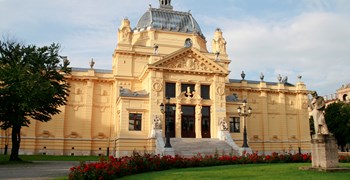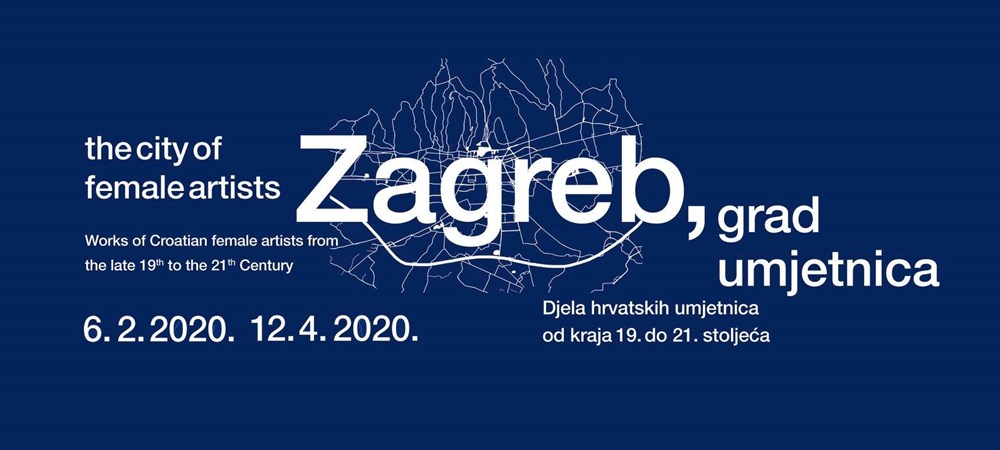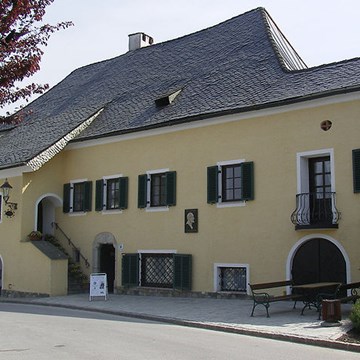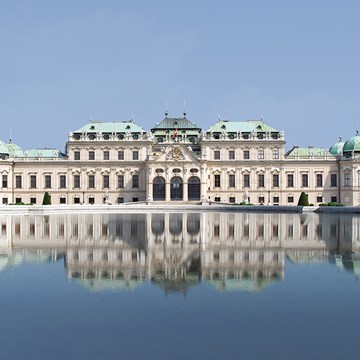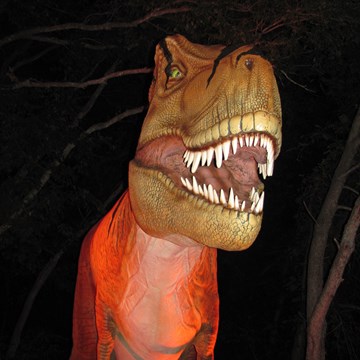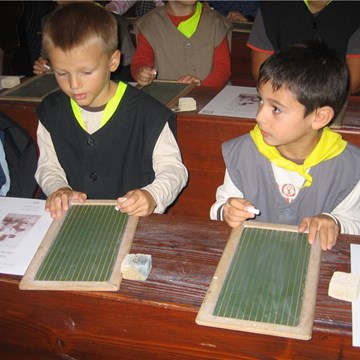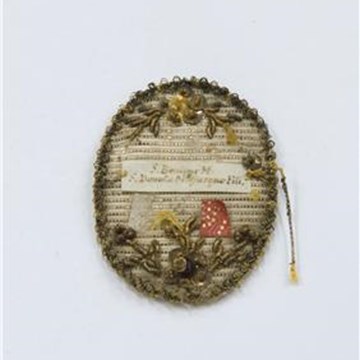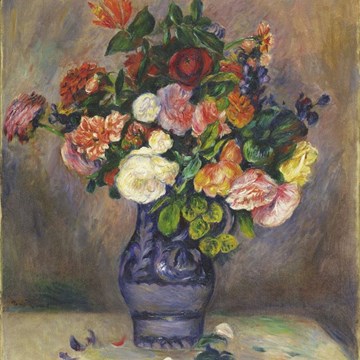Zagreb, City of female Artists / Works of Croatian Women Artists from the end of the 19th to the 21st century
The Art Pavilion in Zagreb is starting its exhibition season with the show Zagreb, The City of female Artists. The exhibition is being specially put on to mark the Croatian Presidency of the Council of the European Union, and also in honour of the city of Zagreb, capital of the Republic of Croatia, from which the Government of the Republic of Croatia presides over the Council of the European Union.
Although the city of Zagreb has always been a place in which cultures and arts have intermingled, we are often in danger of forgetting the many women artists who have made mark on the cultural and artistic life that Zagreb lives today. In order to recall those earlier Croatian artistic women visionaries (who are mostly mentioned purely in written texts) and gather them together with contemporary artists, the Art Pavilion in Zagreb devotes its first exhibition in 2020 to Croatian female artists who have left an indelible mark in the history of the art of Zagreb and, naturally, in consequence, on the whole of the Croatian visual scene.
The basic idea of the exhibition is to provide a historical and critical cross-section from the oeuvres of those female visual artists who worked and left their mark on the cultural life of the city of Zagreb from the end of the 19th century to the present day. Within this relatively wide span of time, the generations of women artists are presented in three large, historically logical units The first covers the generations that were at work up to World War II; the second, those generations who started their exhibition activity after World War II and produced the major part of their work in the following decades; the third unit comprises the generations who appeared on the scene in the early seventies and later, and are, most of them, still at work.
The exhibition covers 73 works: the paintings, sculptures, video performances, audio and video installations of 54 the most significant women artists from the end of the 19th century, starting with Anka Bestall, Slava Raškaj, Lina Crnčić Virant, Nasta Rojc, Mila Wod, Sonja Kovačić-Tajčević, Anka Krizmanić, Vera Nikolić Podrinska and Zdenka Ostović Pexidr Srića; it go on with Nevenka Đorđević, Ksenija Kantoci, Marta Ehrlich, Mila Kumbatović, Melita Bošnjak, Miranda Morić, Milena Lah, Vera Josipović, Vesna Sokolić, Borka Avramova, Vera Fischer, Vera Dajht Kralj, Tonka Petrić, Biserka Baretić, Marija Ujević, Ljerka Šibenik, Goranka Vrus Murtić, Nives Kavurić Kurtović, Zdenka Pozaić, Edita Schubert, Marijana Muljević, Sanja Iveković, Jadranka Fatur, Nevenka Arbanas, Vesna Popržan, Breda Beban, Nina Ivančić, Zvjezdana Fio and Dubravka Rakoci, continuing with Vlasta Delimar, Vesna Pokas, Kata Mijatović, Amela Frankl, Ksenija Turčić, Mirjana Vodopija, Vlasta Žanić, Kristina Leko, Božena Končić Badurina, Magdalena Pederin, Nika Radić, Ivana Franke, Martina Mezak, Ana Hušman and Andreja Kulunčić with the women's collective ISTE (EQUALS).
The artists and their works have been chosen by the women who created the expert conception of the exhibition, Ph.D. Ljerka Dulibić, Iva Radmila Janković, senior curator of the MCA in Zagreb and Ph.D. Ivana Mance; the original idea for the exhibition was provided by the director of the Art Pavilion, Jasminka Poklečki Stošić. The spatial concept and the design of the exhibition is created by the architect Morana Vlahović.
This is the first exhibition since the Republic of Croatia became independent dedicated only to women artists over such long time span, including the works of female artists in all art media – from classic painting and sculpture to contemporary manners of artistic expression.
The actual idea of the exhibition has a deeper and equally important meaning that will become apparent in the wider social context through the panel discussions that will accompanying the exhibition. Through this exhibition the Art Pavilion in Zagreb intend to encompass the wider social context of the position of women in the 21st century: from the general position in the business world, to the fact that women are every day exposed to male violence and aggression. It attempts to ascertain what the real position of women artists in Croatia in 2020. is. Additionally our hope is to raise the consciousness of the public concerning the overall position of women in Croatia through the panel discussions and to examine what we, as a community and as individuals, can do regarding this issue.
Exhibitions and events
We don't have anything to show you here.
Activities from this museum
We don't have anything to show you here.
